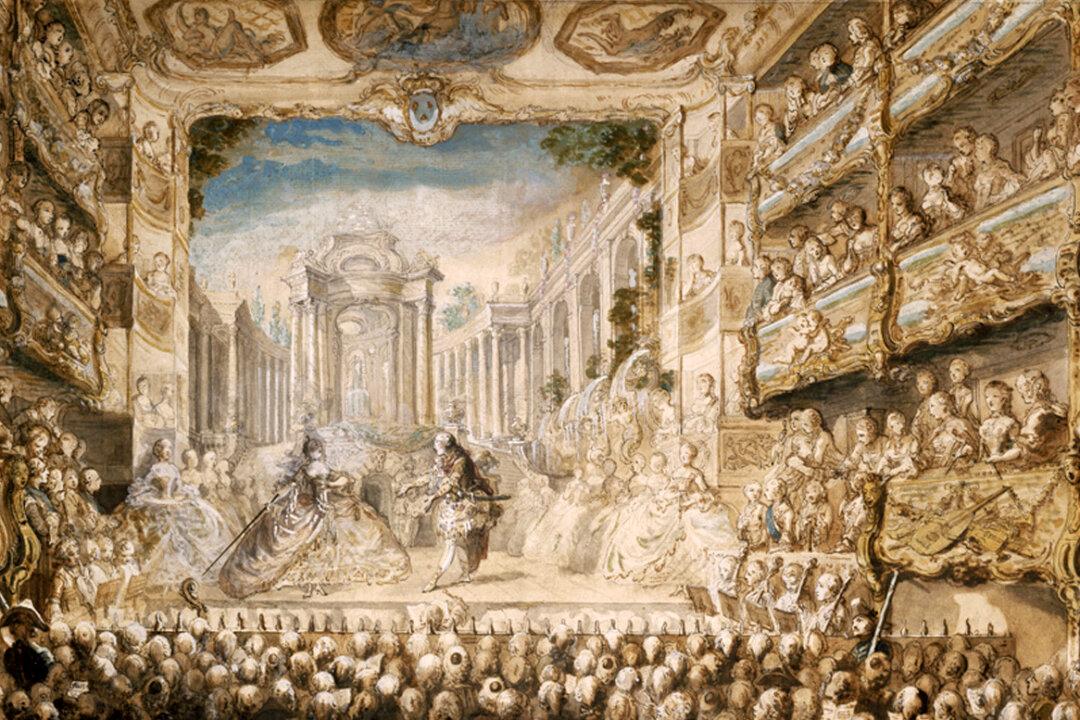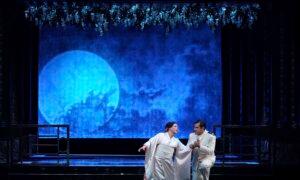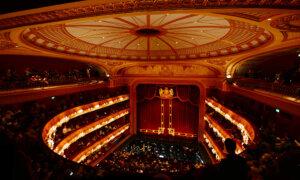Opera is considered by many to be the ultimate art form. An eclectic combination of vocal and orchestral music, drama, and emotion, it certainly is the most complete and complex form of art there is.
Opera as Greek Drama
Opera first emerged during the early 1600s as a way to enhance a dramatic text’s effect through music’s emotive power. While Baroque opera’s roots lay in several sources, the Renaissance fascination with ancient texts drove Italian artists to create this new form of spectacle and music.The Florentine Camerata, a group of intellectuals and musicians based in Florence, decided to re-create the storytelling of Greek drama through music, as emotion was often portrayed through song or speech in ancient dramas. Many of the features they used created opera’s conventional elements: dance, a chorus that partakes in and comments on the action, and an alternation between individual direct speech and reflective soliloquies. Unlike conventional Renaissance music, which used polyphony (the combination of multiple melodic lines), the Florentine artists based this musical style on a single vocal line.
It is generally believed that Jacopo Peri (1561–1633) composed the first opera in 1598, known as “Dafne.” While the music is now lost, it (along with Peri’s “Euridice” composed in 1600), is generally regarded as the earliest opera. Like many other early operatic composers, Peri took classical myths centered around music for inspiration.
“Dafne” is about Apollo, the god of music, transforming the nymph Daphne; “Euridice” is the love story of Orpheus and Eurydice and how Orpheus uses music to charm the underworld spirits. However, the stories in this new style of music and spectacle isn’t as tragic as the original myths. The slightly modified texts produce a more positive outcome.

Dramatic Unity
Opera reached its full maturity with the works of Monteverdi. Through his operas, the composer developed the musical style and took it to new dramatic heights, achieving a perfect blend of poetry, music, and theater. Overall, he created a new form of spectacle.
Often considered a transitional figure between the Renaissance and Baroque musical periods, Monteverdi was a pioneer. His music carries the dramatic plot, defines the characters, and allows them to express their emotions intensely and beautifully.
Monteverdi’s “L'Orfeo” is a perfect example. He took the same Greek myth used by earlier composers such as Jacopo Peri and Giulio Caccini and focused his attention on the text, developing the “recitative” style—a form of speech in song where words are sung in a declamatory style, following speech’s natural rhythms.
The Ultimate Spectacle
Opera reached its full artistic capabilities and dramatic expression during the late Baroque period. This new art form took Europe by storm and became a spectacular affair, full of florid arias, elaborate stagecraft, opulent costumes, extravagant singers, and famed composers such as Monteverdi and Handel. Ultimately, opera became the archetypal Baroque art form, inviting audiences into a make-believe world of heightened emotion and expressive storytelling.Thirty years after Monteverdi’s “L'Orfeo,” the first opera house in Venice, Teatro San Cassiano, staged “L’incoronazione di Poppea” (“The Coronation of Poppea”) in 1637. Venice, Italy, became the center for opera and sumptuous theaters were built to host these dramatic performances. Opera houses and theaters incorporated illusionistic painted sets that could be changed within seconds in front of the audience, and elaborate machinery that provided sound effects. Both allowed for transformation scenes and other sensational effects to wow audiences—all part of the spectacle.

Public opera houses were also a way to showcase singers. After “L'Orfeo,” the balance between words and music shifted, making more space for solo arias. While the recitative served to advance the plot, arias became a way to express emotions and allowed singers to display their virtuosity, while the orchestra served as an accompaniment and added dramatic effect.
Baroque opera led to world-famous opera stars but also propelled rivalry and scandalous behavior. For the first time in opera, singers had the upper hand, regularly earned four times as much as the composer, and some had music tailored for them to suit their voices, talents, and demands.

Castrati were especially in demand during the Baroque period. These male singers were castrated before puberty to retain their high vocal range. Some became opera singers who were the superstars of their time, displaying phenomenal vocal power, agility, and control. Up until the 18th century, castrati sang all the leading female roles and won adulation from the public. These singers became so famous that they demanded outrageous fees and favors. One common practice was to insert one of their favorite arias in whatever operas they were singing, also known as “suitcase arias,” to the delight of the public.
By 1724, the prevalence of opera featuring star singers had reached its peak. George Frideric Handel (1685–1759) made the most of it by composing a series of brilliant and enduring compositions using the solo “da capo” aria, where the singer repeats the first section with embellishments, displaying vocal prowess and dexterity. Some of his most famed operas include “Giulio Cesare in Egitto” (“Julius Caesar in Egypt”) and “Rinaldo,” renowned for their elaborate arias and complex orchestration. Handel became a master of Italian Baroque opera and the style of “opera seria” (“serious” or dramatic opera).

During the late Baroque period, opera developed into an international art form. It became a part of court festivities across Europe, attracting public crowds and noble audiences. France and England devised new operatic forms in their native languages, notably with composers such as Jean-Baptiste Lully (1632–1687) and Henry Purcell (1659–1695).
While Baroque opera was often criticized for its lack of realism, it came to symbolize the whole essence of an era and laid the foundation for the development of later opera.









